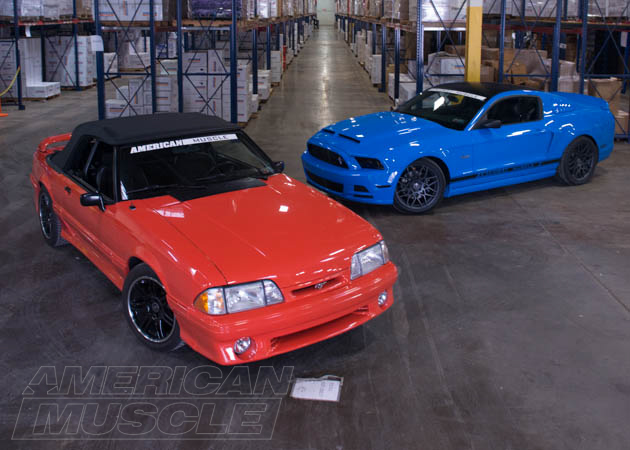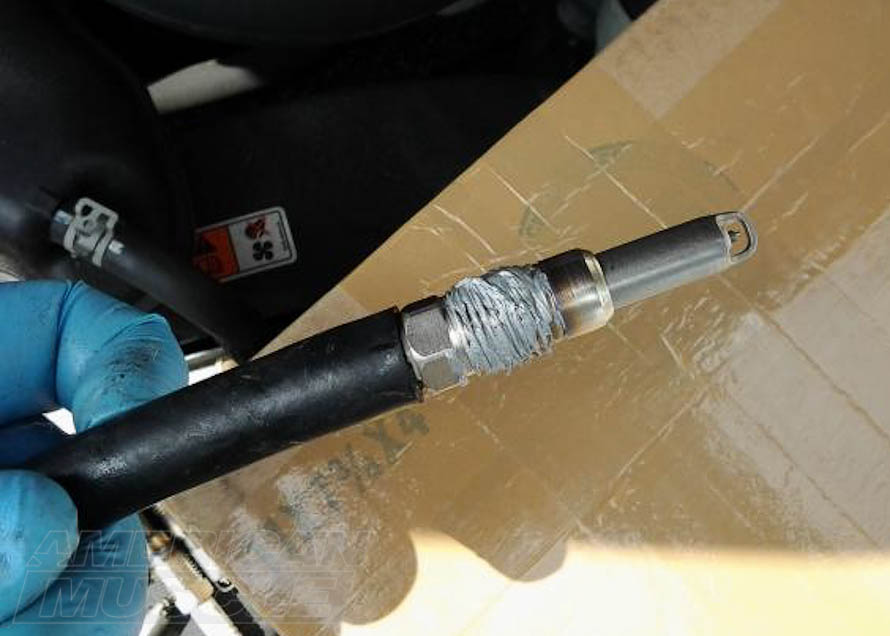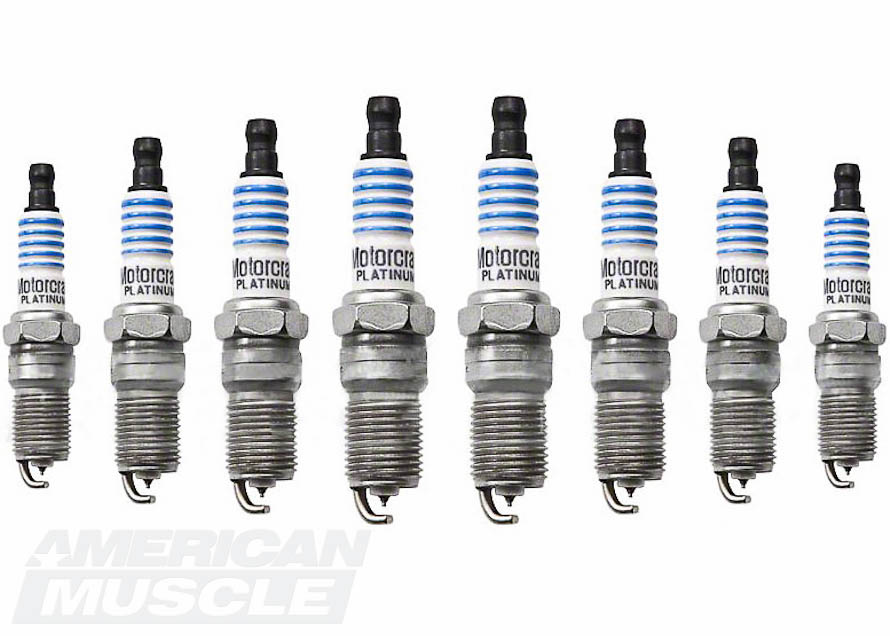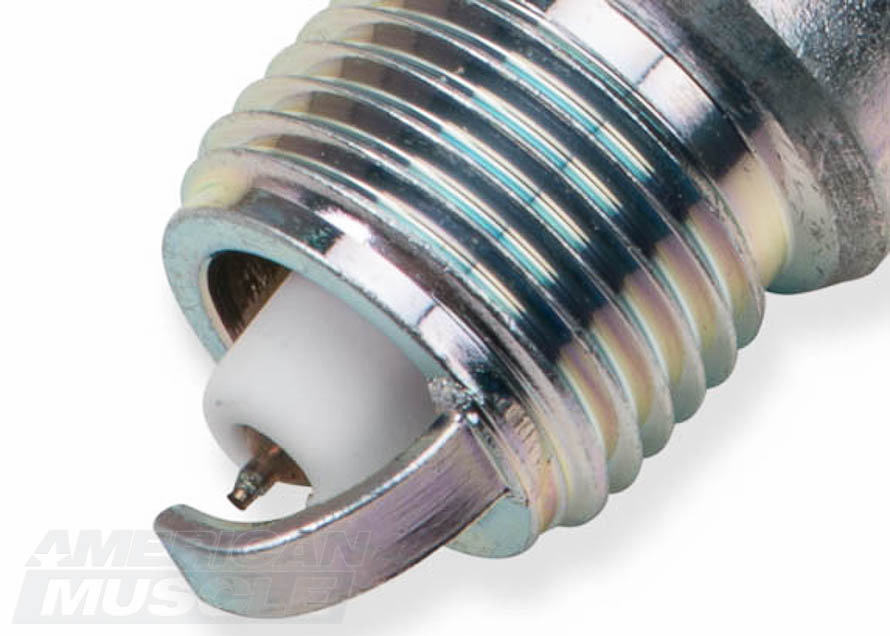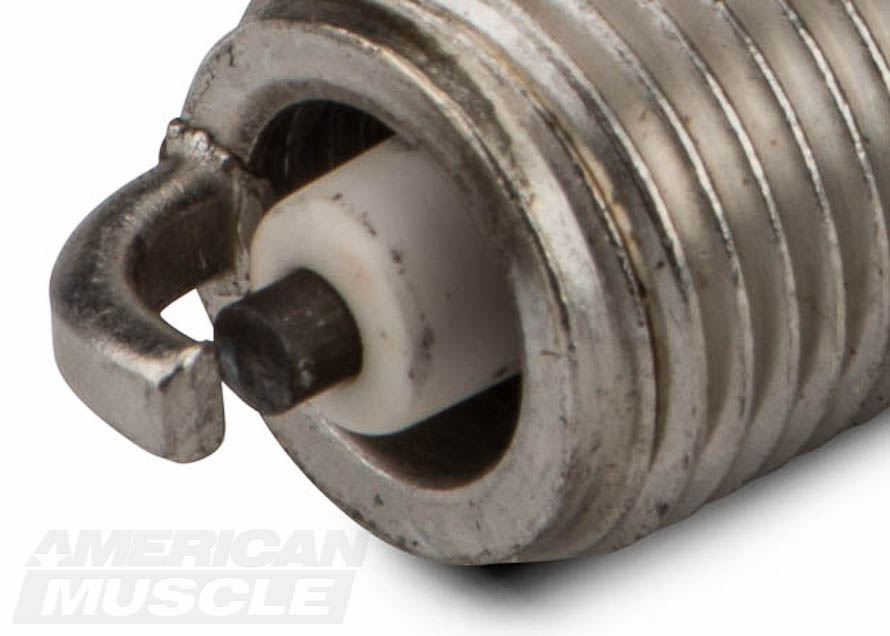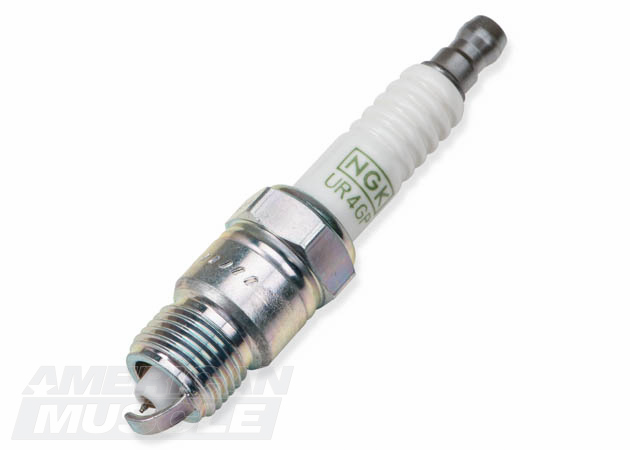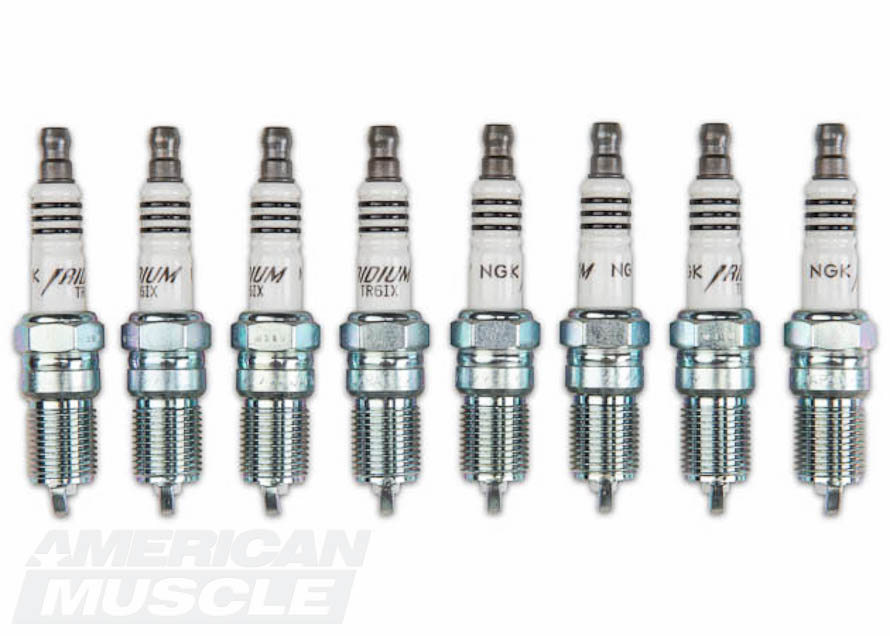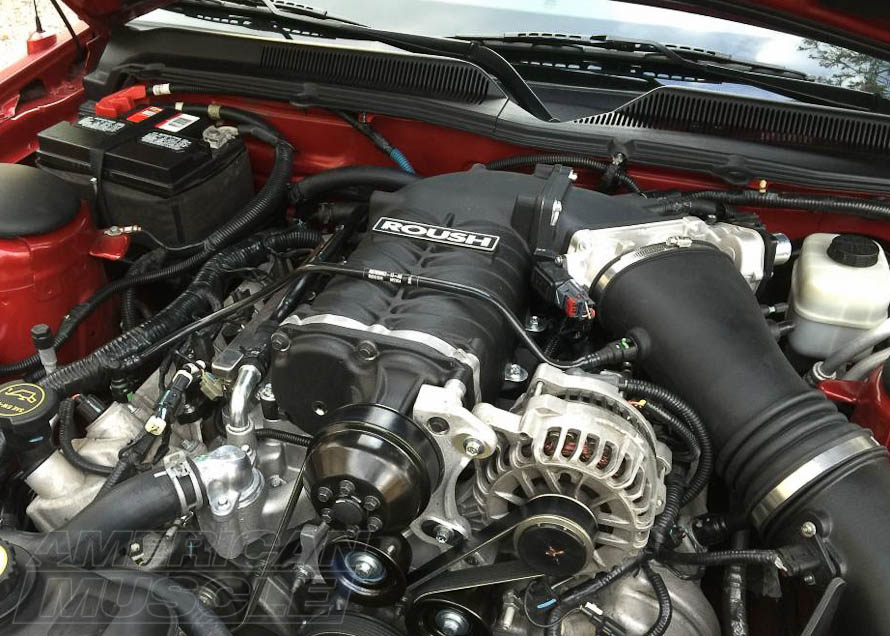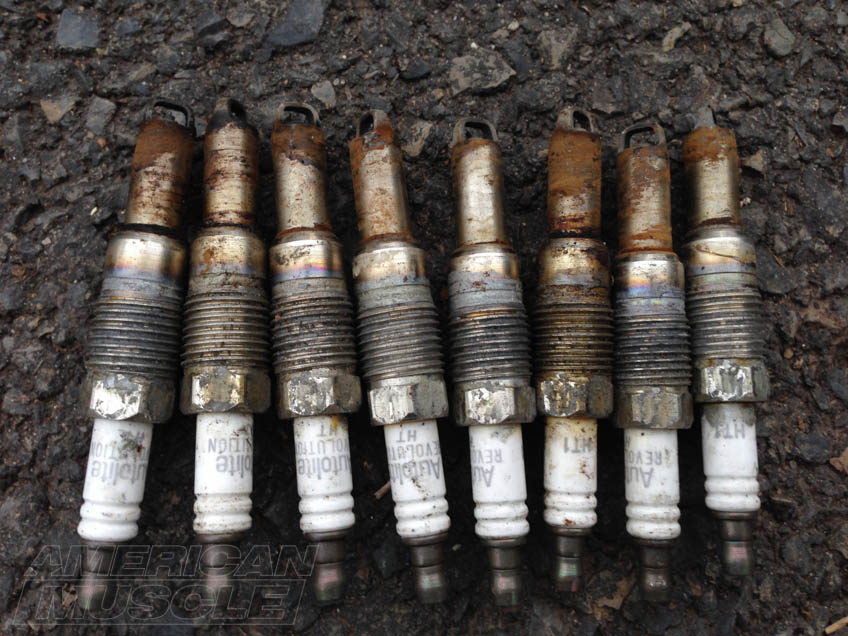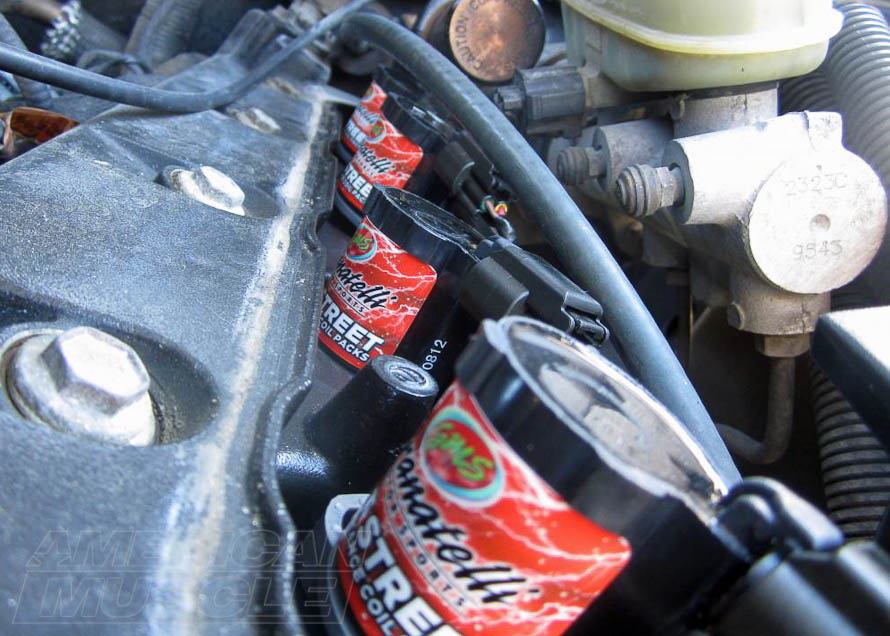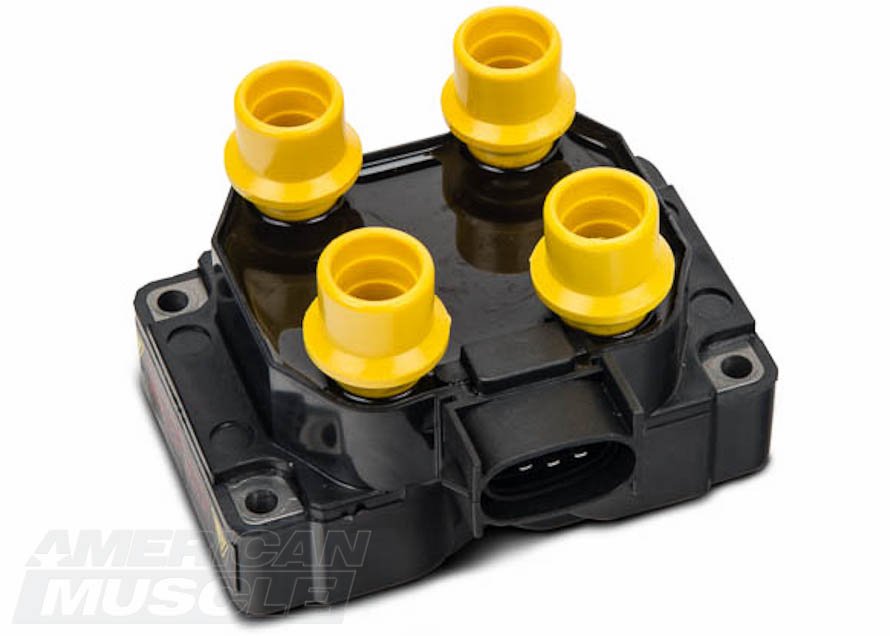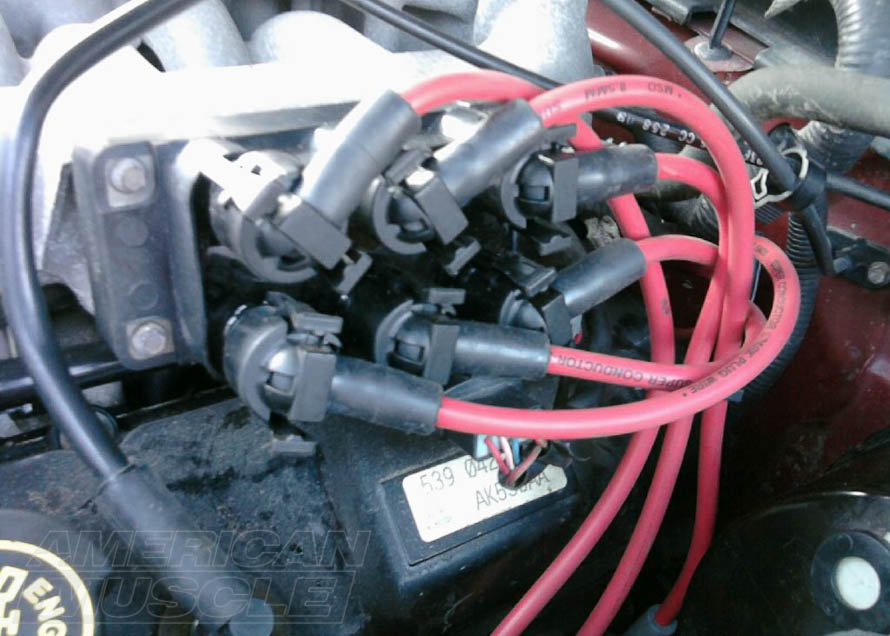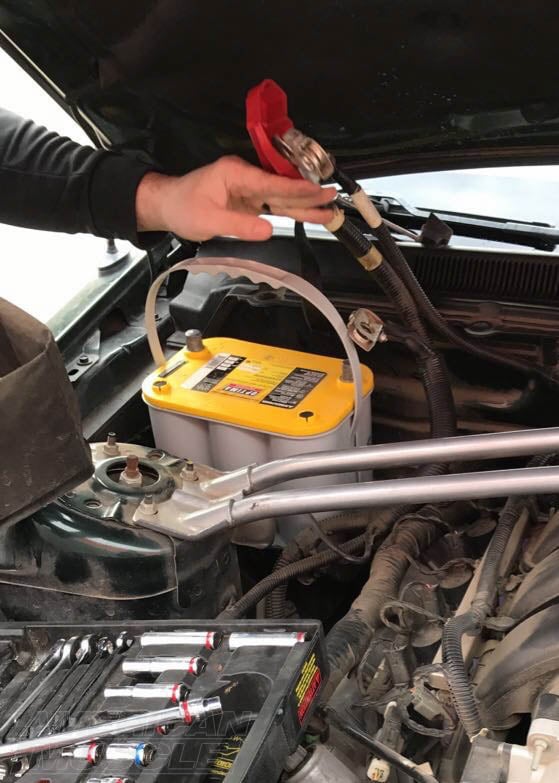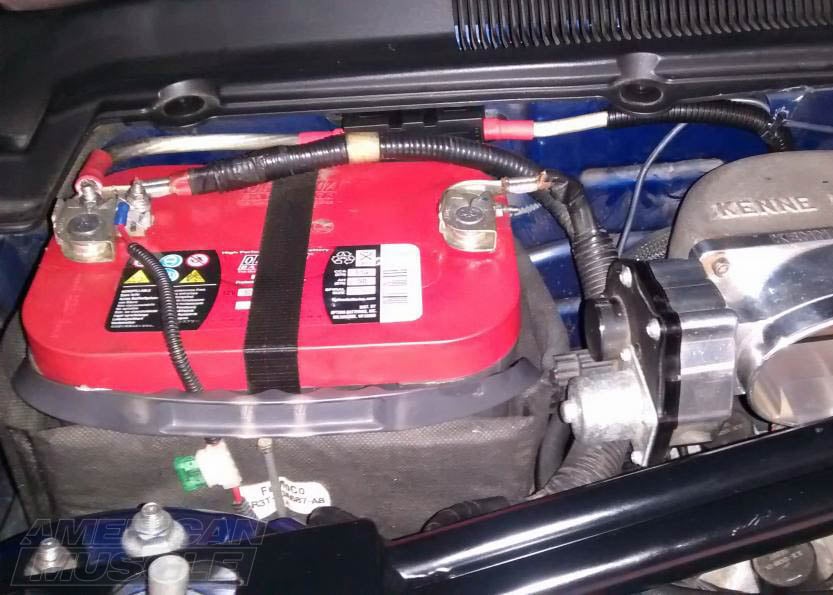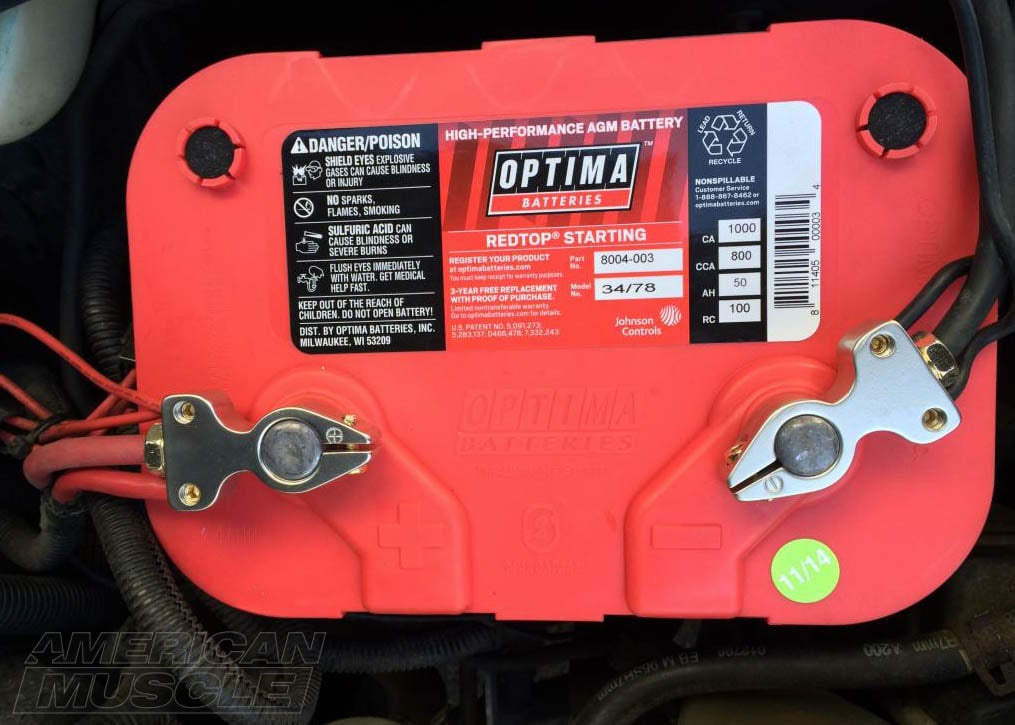The ignition system on your Mustang can be affecting more than you know. Keeping everything up to par or upgrading to aftermarket parts can have an impact on power, mpg, as well as throttle response. A hot topic of conversation is how to choose the right plug for your Mustang. Answering this question requires a bit of knowledge about the plugs you're currently using, as well as the performance level of the car. When finding the best plug for your application, there are a few things you'll need to consider.
Contents
- Facts About the Mustang Ignition System
- Spark Plug Overview & Gapping
- Are the Factory Spark Plugs Good?
- Spark Plug Core Types
- Spark Plug Outer Electrodes
- Plug Tips
- What Does Heat Range Mean?
- The Importance of Proper Heat Range
- How Can I Identify a Spark Plug's Heat Range?
- What Makes a Spark Plug Hot or Cold?
- When Should I Change My Spark Plug's Heat Range?
- Which Heat Range Spark Plug Should I Pick?
- Do I Need to Retune for Hotter/Colder Plugs?
- Aftermarket Options for Mustangs
- What Spark Plugs Should I Put in My Mustang?
- Multi-Ground Spark Plug Pros and Cons
- When Should I Replace My Mustang's Spark Plugs?
- NOTE: 2005-2010 GT Spark Plug Removal
- Complementary Modifications When Replacing Your Mustang’s Spark Plugs
- 1999-2014 Mustang Coil-on Plugs (05-14 GT, 07-14 GT500 & 11-14 V6)
- Mustang Coil Packs (96 - 98 4.6L, & 94 - 09 V6)
- Mustang Ignition Coils
- Mustang Spark Plug Wires
- What About My Mustang's Battery
- What Kind of Battery Maintenance are You Talking About?
- What Would Warrant a Battery Upgrade?
- That’s all I Need to Worry About?
- Red vs. Yellow Top Batteries
Shop Mustang Spark Plugs
To perform at its peak, your Mustang needs to have spark plugs that are in good condition and up to the task. Make sure you select a set that is going to last and can handle the power your Mustang is putting out.

